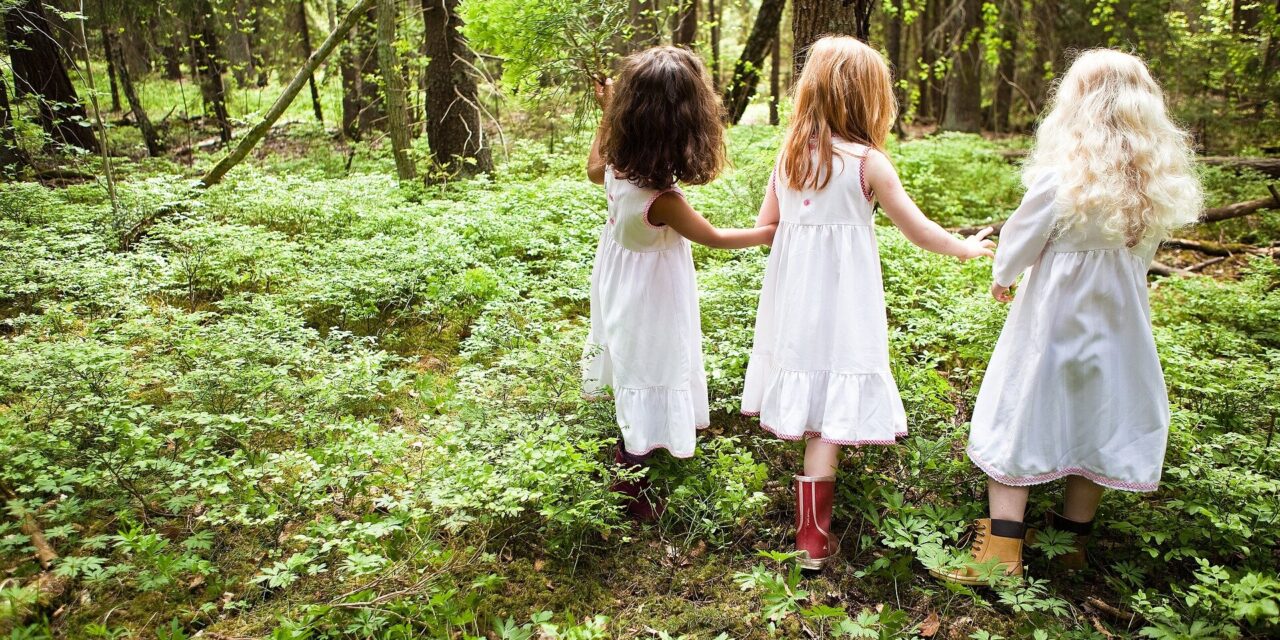A recent study published in JAMA Network Open suggests that children who reside in areas with abundant natural spaces, such as forests and parks, from birth may encounter fewer emotional issues during early childhood.
While previous research has hinted at the mental health benefits of spending time in nature, studies focusing on young children have been limited. To address this gap, researchers from the ECHO Program analyzed data from parents regarding their children’s behavior from ages 2 to 11. They combined this information with the family’s residential address at the child’s birth and satellite data on vegetation density surrounding their homes.
The findings of the analysis revealed that higher levels of green spaces within a three-fourths of a mile radius from a child’s home were associated with lower symptoms of anxiety and depression between the ages of 2 and 5. This correlation persisted even after accounting for factors such as the child’s sex, parent education, age at birth, and neighborhood socioeconomic vulnerability.
However, researchers did not observe a significant association between green space proximity and mental health symptoms in later childhood years, from ages 6 to 11, when children typically spend more time at school.
Dr. Nissa Towe-Goodman, an ECHO researcher from the University of North Carolina, Chapel Hill, emphasized the importance of early exposure to green spaces for children’s well-being. “Our research supports existing evidence that being in nature is good for kids,” she stated. “It also suggests that the early childhood years are a crucial time for exposure to green spaces.”
Unlike previous studies that focused on individual cities or adult health outcomes, the ECHO Program’s nationwide data allowed researchers to examine information from children across 199 counties in 41 U.S. states. The study encompassed children born between 2007 and 2013, ranging from ages 2 to 11, and explored the relationship between green space exposure from birth and emotional symptoms during early and middle childhood.
Green space exposure was quantified using the Normalized Difference Vegetation Index (NDVI), a metric that measures vegetation density. High NDVI values indicate dense vegetation, such as forests, while values close to zero represent areas without live vegetation.
Dr. Towe-Goodman highlighted the need for further research to understand the specific nature experiences linked to children’s early mental health and to explore how creating or preserving natural areas around homes and schools could impact a child’s well-being.
The study, titled “Green Space and Internalizing or Externalizing Symptoms Among Children,” underscores the potential benefits of incorporating green spaces into urban environments to promote children’s mental health.
For more information on the study and its findings, refer to the publication in JAMA Network Open (2024).











